As the United Kingdom faces the possibility of divorce from the Scottish, the question of Austria’s troubled marriage to Germany begs for scented candles and a calm-voiced therapist (perhaps peaceful Switzerland could play this role?)
But the Austrians aren’t married to the Germans, you say? Austria is already an independent nation. Then why all the bickering? Why all the passive-aggressive pet names for each other? Each said with such spite, that spit flies with every hateful cry – ‘Those Piefkes!’ ‘Those Ösis!’
But from my experience – that being the only place from which I can write and speak – the Austrians seem to have a deeper bitterness towards their Piefke neighbors. So much so, that if the language of the entire nation could be changed and they could pack Austria up on the back of a caravan and move to somewhere else in Europe, I reckon they would. Just to get away from those bloody Germans.
The Bavarians are alright but they talk like they have a Knödel in their mouth and are terribly arrogant. And those fischkopfnortherners with their permanent stern expressions….
How dare they flood our universities; How dare they call a Spritzer a Schorle and a sachel a tüte, a Marille an Aprikose, a kartoffel an erdapfel, a Tomate a Paradeiser – bist du deppert!?
It was the Austrian — but I’m sure most people know him as German — journalist Karl Krauss who said, “Nothing separates us Germans and Austrians more than our common language!” and he was not kidding.
It has been made clear in many a study that hearing somebody speak your native language in a different way irritates you, and you conclude they are speaking it wrongly. That’s why a smirk is provoked every time somebody hears a Voralberger speaking in Vienna.
And nowhere is this 150-year-old rivalry more obvious than a big hairy ass-crack than when the much-worshipped game of the round ball is involved. Cordoba. The promised land of Cordoba – Austrians speak of it like the second coming of Jesus.
The disappointment I witnessed in so many Austrians' eyes this year when Germany won the world cup was astounding. While the Argentines held their heads in their hands, the Austrians were beating their fists on the table, crying and screaming, ‘Why!?”
But perhaps the hate is historical. They are family by history. At one stage, they were both part of a great big happy family under the Roman Empire. Back then, the mighty Habsburg Empire was moving and shaking, all-important and stuff. But history saw Germany become the bigger of the two siblings and this seems to have really pissed little Austria off.
A size complex exists. Austrians have forgotten that it’s not about the size but the way you use it. And unfortunately, every time one hears an Austrian talk about a German, it’s like watching a little brother jumping and swinging his arms helplessly at his big brother who is in mid-yawn and reading the newspaper.
And this racism (and yes, this is breed of racism) is created like any other – it’s programmed into the heads of the young. Your grandmother hated the Germans and so do you…because…because…well…Omi did.
I’ve compiled a top three favourite responses given when I ask an Austrian why they hate the Germans:
#1 “They wear socks with sandals.”
#2 “When on holiday, they’ll get up at 4am just to put their towel on a chair by the pool to reserve it.”
#3 “They’re so serious and don’t have a sense of humor (this one makes me particularly laugh as I listen to the highly worked up, high strung explanation from somebody why they hate somebody).
WARNING: Any Austrian will act highly offended and scoff if you tell them that Austrians are similar to Germans. They’ll then launch into an ardent counterargument; trying to convince you how very different they are from the Germans.
Subtle differences do exist, but one could be forgiven if they crossed the border between the two countries and never noticed. Unless if one does happen to cross the border through the Bavarian town of Simbach am Inn and Austria’s Braunau.
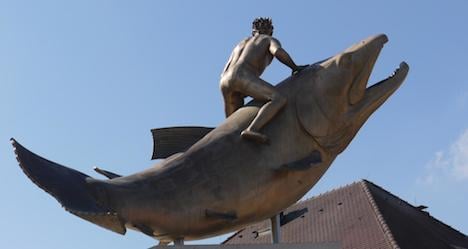
Statue of Aenus in Simbach am Inn. Photo: Lynne Hand/Flickr
Here one can witness a cheeky story that delightfully symbolises the two countries' relationship: Protests erupted in Braunau in 2008 when Simbach am Inn built a statue of Aenus (the Latin symbol for Inn) sitting astride a mighty golden fish, smack bang on the border. Why the Austrians had a problem with their German neighbors' taste in art was because Aenus is naked….with his ass facing (in a highly accentuated kind of way I must add) directly towards Austria, not to mention in the direction of Braunau’s prized Stadtpfarrkirche St. Stephan church.
If you stand on the German side and take a picture it makes a magnificent juxtaposition of the church and naked Aenus. Pure antagonism from a German town mayor, or Austrians being too sensitive?
Why do the majority of Austrians froth at the mouth when you mention the Germans? Well, my theory is that the Austrians do not like themselves, therefore do not like the Germans. Like an insecure teenager looking in the mirror, Austrians look at the Germans and don’t like what they see. This theory is only confirmed when looking at the common Austrian habit to be the first to criticize and complain about Austria, and the locals.
Vienna has been voted the best city to live in year after year, yet when people ask me why I moved here, they ask me in a way that insinuates I’m mad!
While Scotland seeks distance, the countries of the EU seek closeness in their club of retired prime ministers and their cronies in Brussels. But everybody knows that politics has nothing to do with the people.
No matter how hard those politicians work to tie their economies together in a big crocheted mess, the momentary reality of human nature that the Scottish Independence debate speaks of is that people need a collective identity, and they are territorial. They also need somebody to collectively hate, and defend themselves against…even if they’re not under attack.
United Kingdom. United Europe. Divorces are always messy.

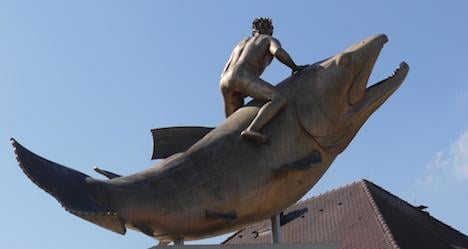
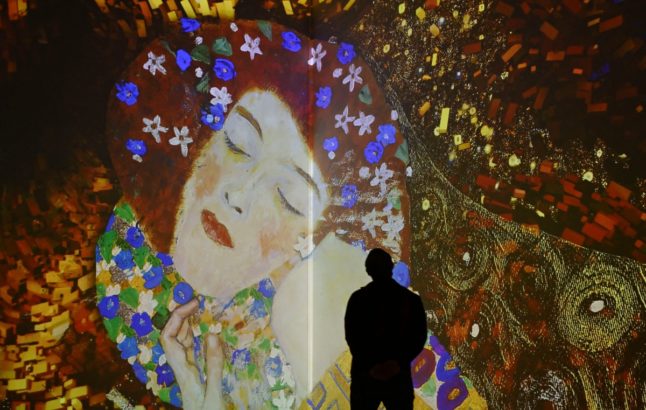
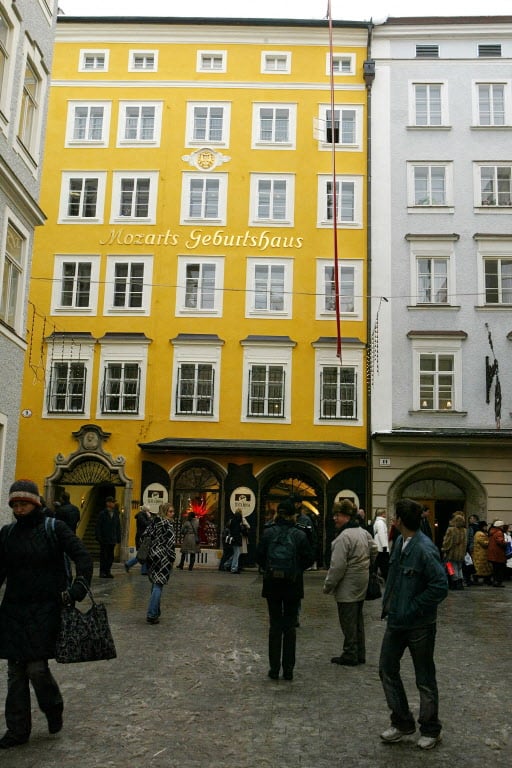

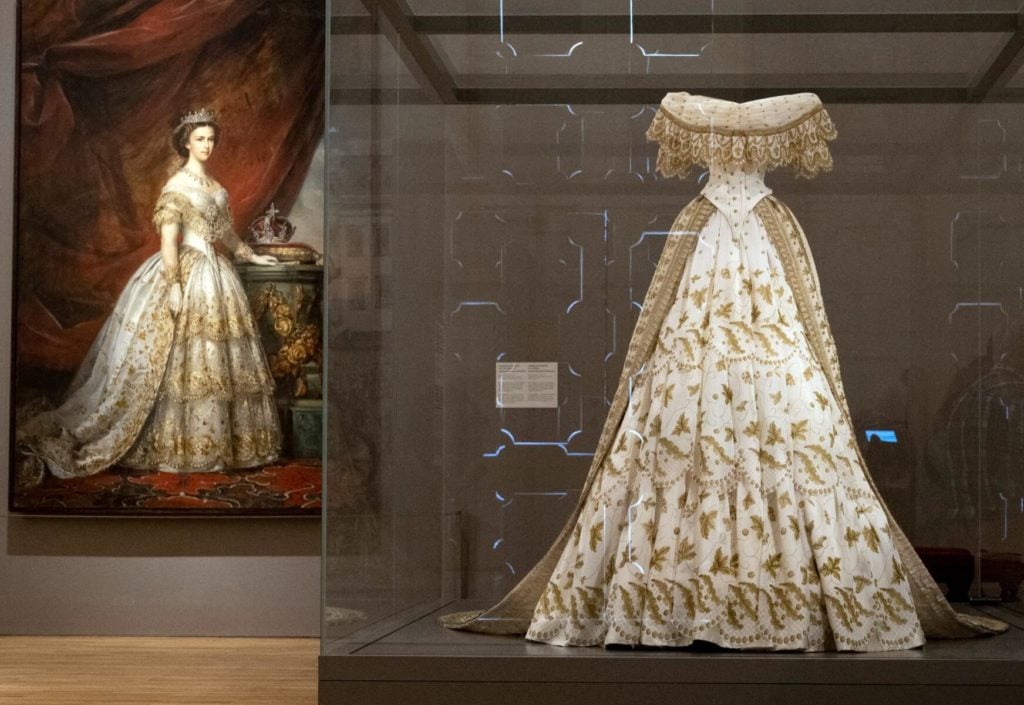

 Please whitelist us to continue reading.
Please whitelist us to continue reading.
Member comments